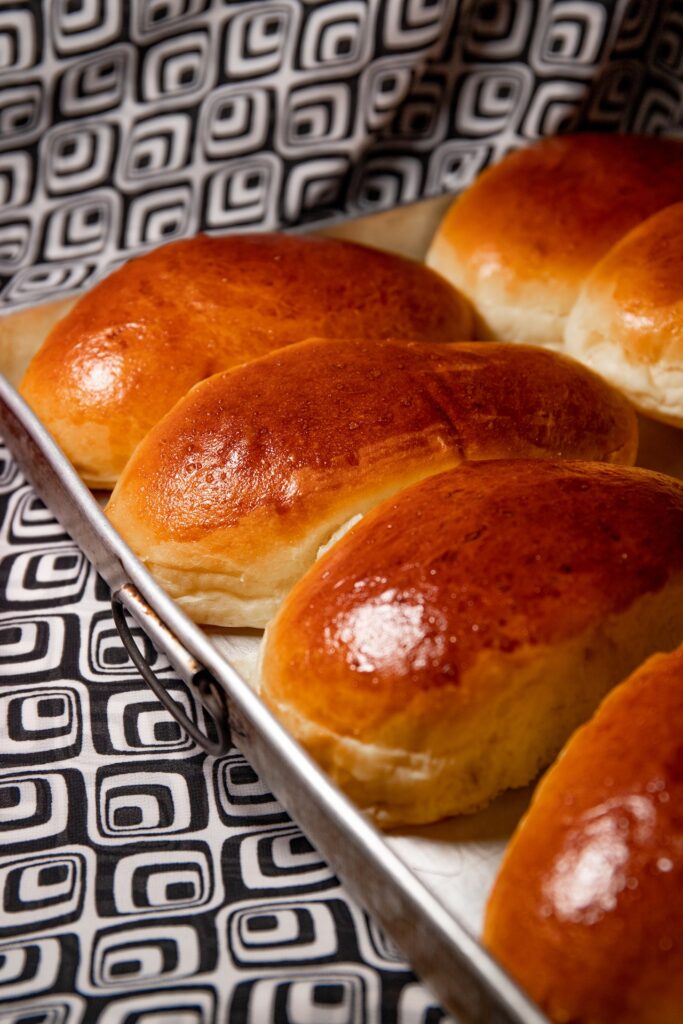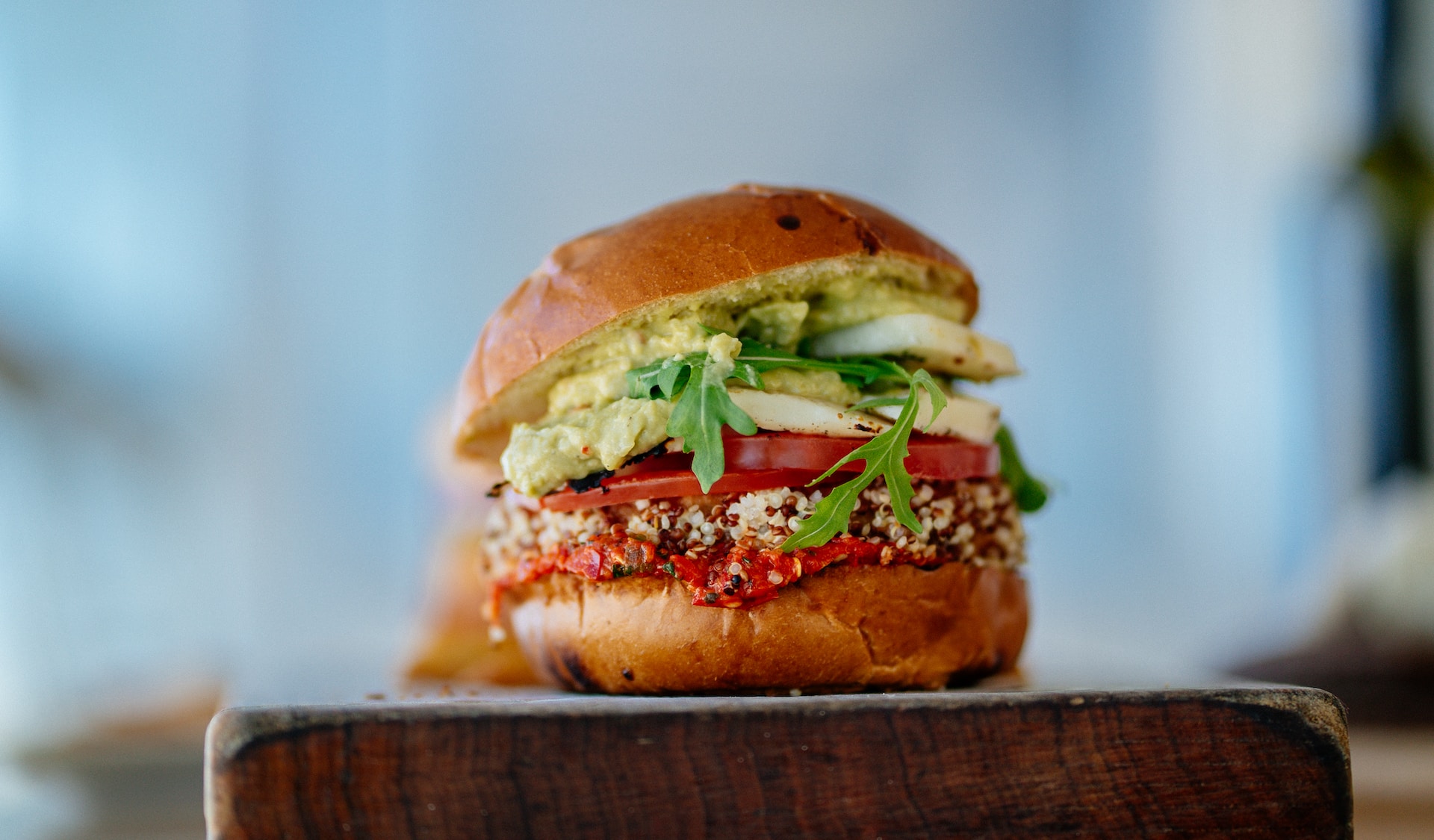For many of us, burgers are a key part of our diets. This doesn’t mean that we eat burgers every single day but we are prone to eat burgers somewhat regularly. Let’s face it, burgers are delicious.
They have wonderful meats, tomatoes, lettuce, and a few other staples that make it a meal that’s jam-packed with a wide variety of ingredients.
The truth is that it is possible to have a burger that is not as delicious.
See, it is all about how one is able to craft the burger and create it to produce fantastic results. This is where it is important to think about key components like brioche buns.

Ingredients for Brioche Buns
-
Flour: its increased protein level makes the gluten more elastic, lending a chewy texture and more lift to the baked good, making these fluffy buns both tall and plump.
-
Yeast: Active dry yeast is what you can use, and it has to be proofed before it can be included in the dough. Since instant yeast doesn’t need proof, you may add it to the dry ingredients without waiting. They’re synonymous with one another and may be used in any context.
-
Milk: Buns with a more delicate, more moist crumb are the consequence of using full-fat milk, which also helps tenderize the dough.
-
Butter: Splurge on excellent butter for brioche. Most chefs use European butter such as Président, Plugra, or Kerrygold.
-
Egg: For extra oomph, we’ll be whipping in 2 eggs, 1 whole, and 1 yolk. Because of their leavening properties, eggs are essential to the bread-making process. In addition to making the crumb lighter and more sensitive, they help lighten the texture overall.
-
Sugar: A pinch of sugar not only gives the buns the signature brioche bread sweetness but also makes the buns softer, speeds up the rising time (yeast likes sugar), and promotes even browning.
-
Salt: It enhances the taste of the other components and makes the dough more robust so that the carbon dioxide gas produced during fermentation can be retained, giving the finished product more volume.
An Instruction Manual for Baking Brioche Buns
-
Due to its high-fat content, brioche dough is often quite moist and sticky, making using a stand mixer to knead the dough essential.
-
Due to the double-proofing process required of brioche, the recipe requires at least three hours of your time.
-
After the first rise, when the dough has doubled in size, it may be refrigerated overnight to slow the rising process and allow you to start the next day. The Morning of the following day, shape the dough into buns and let it rise for another hour at room temperature.
-
The butter and the eggs should be at room temperature before you begin.
-
The paddle attachment is excellent for getting the dough started, but I prefer to switch to the dough hook before adding the butter and continuing to mix.
-
You’ll need to stop the mixer and scrape the sides using a spatula at regular intervals. Please don’t try to do that when the mixer is on!
-
Slowly add the butter, a tablespoon at a time, stirring until each addition is absorbed before adding more.
Brioche Buns and Burgers
Whether it is the summer or fall, you can always enjoy some fantastic burgers with brioche buns.




Average Rating